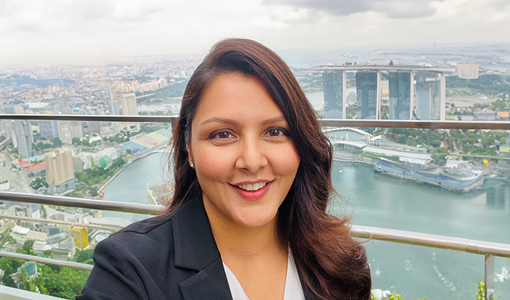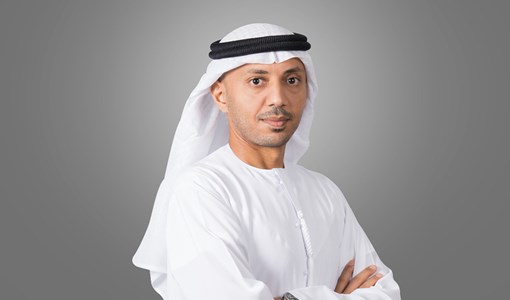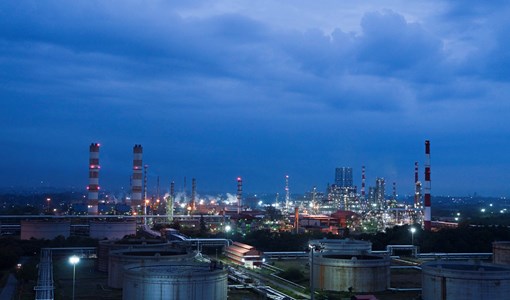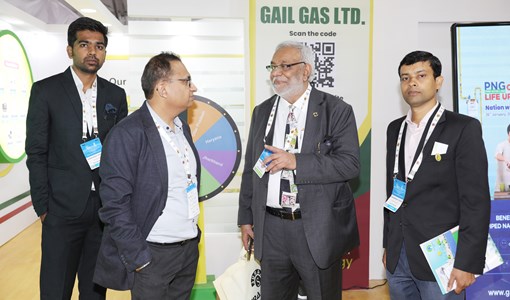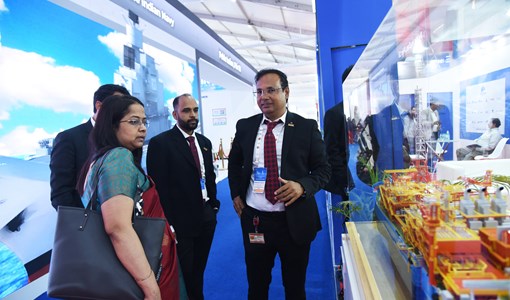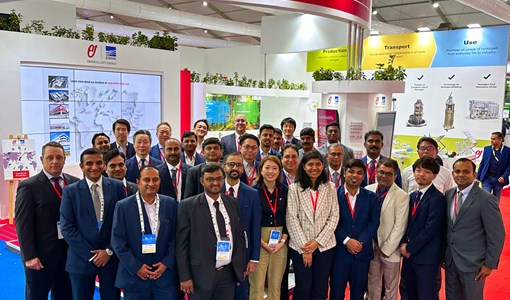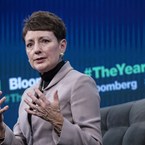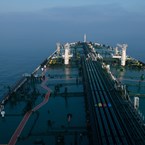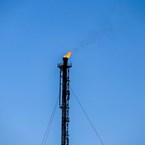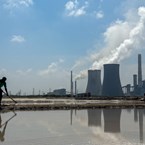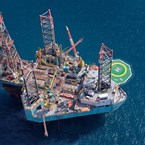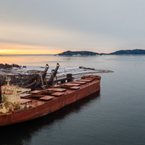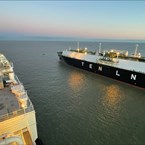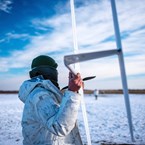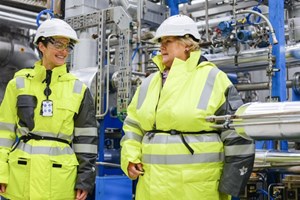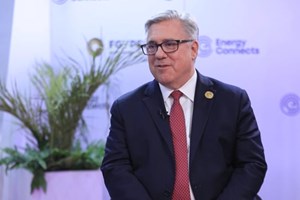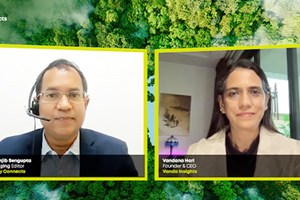Digitalisation brings greater reliability to the oil and gas sector
Julian Walker spoke to David Armstrong, Business Development Director at Bentley Systems and Rob Harper, Director, Product Management Asset Information & Reliability, Bentley Systems about the advances digitalisation it bringing to its digital twin services.
The oil and gas industry is starting to really embrace digitalisation, as it looks to catch up with other industries that have gone down the digital route earlier.
“It is the oil and gas industry’s time. They should look at the benefits that other industries like aviation and manufacturing have gained from making the switch. I think digitalisation is changing the oil and gas industry for obvious reasons as there has been some serious faux pas in the past as digitalisation was not adopted sooner by the oil and gas industry,” said Armstrong.
Armstrong said the world has embraced the fact that the industry has to get its intellectual property in one place; to “Future-Proof” their organizations. If key information about your critical assets resides in the minds of your aging workforce or contractors, their potential departure could cause serious issues with your assets and therefore your organization.
“You can have thousands of IoT devices in the field, but if you don’t have all the right information coming together when you need it and have that situational intelligence in place then you will never be able to make the right decision at the right time.”
Technology evolution
Armstrong touched on how the evolution of technology has allowed digitalisation to be used as a mechanism to deliver more operational income savings.
“There is so much overlap and waste that we see. Technology is now advanced to the point when we don’t have to bring in systems integrators in a room and hardwire connect. We now have a framework that exists to pull the information in remotely and see what is needed. We can make sure it is the latest information and it is connected to everything. This wasn’t possible in the past,” noted Armstrong.
What Bentley Systems is hearing loud and clear is that owners and operators are saying if the technology is already there, how can they leverage their investments in terms of information in a different way.
Armstrong explained: “We call this the iceberg data. All the information sitting under the tip of the iceberg is relevant, but how do I bring that information to the surface and use it. This is how we can help and how our digital twin, iTwin, solution can bring all this information to the forefront in a unified view.”
He added: “One of the things we are focusing on now is looking at the problems we are actually trying to solve. Open technologies now exist that can change the discussion to what problems you have and how can we connect the disconnected information to find a solution, and accelerate time to value. There has been an evolution in how software companies work. We, at Bentley, are quite different, as we don’t care where the design documentation comes from. Technology is now a babel fish. It allows us to communicate in different ways, and that allows us to ask different questions that we were not prepared or able to ask in the past.”
Digital twin to the rescue
The technology evolution can all be seen in Bentley Systems digital twin solution, iTwin Services.
As Harper explained: “The base technology that we offer is iTwin Services that can take multiple data sources in the engineering space and digitalise and review sources on the web. From there we can build specific solutions and technologies for different industries. For example, in the traditional process industry, we have built a solution in partnership with Siemens called PlantSight that helps us move toward a more specific solution for oil and gas companies.”
It is the ability of the digital twin solution to link all the engineering information that a company might have from different sources and then visualise it in one place on the web that makes it such an important differentiator.
“We can bring all the data from any third-party application into a single portal to give the client a real-time look in 3D of how an asset is operating. We are using the user’s data and stringing it together, so the client can leverage all the investments they have made in the past.”
Harper emphasised that Bentley Systems’ digital twin solution allows users to keep their legacy investment in data and models.
“As many companies have already made a lot of investment in engineering tools or reliability systems, we want to bring all of that data to the forefront so companies can see all the information in one place. We feel a digital twin can provide a real in-depth look at the current condition of an asset and also its future condition. When clients start to see the benefit of digital twins in the project phase, we see them realise how much more valuable the information will be when they get an asset into operation.”
Another important aspect is that a digital twin will be constantly updated and kept in an evergreen state, so it can constantly add value over time.
“The evergreen digital twin is key, as operational assets are always in a state of dynamic change of one form or another,” said Armstrong.
Benefits of the Cloud
One technology that iTwin Services and PlantSight take full advantage of is the cloud.
“On the design side, the cloud is making a massive difference in that we can conduct critical meetings remotely. With engineers forced to work remotely from home during the COVID-19 crisis, we have seen our users remain highly productive and able to effectively carry out design reviews remotely using the cloud,” Harper said.
He added: “One of the key functionalities in our iTwin Services is our comparison feature, which allows us to import the latest 3D model and compare with previous versions, it can immediately show all the changes made.”
Bentley Systems is also heavily focused on reality modelling and capturing existing asset conditions.
As Harper described: “The ability to take photographs of an entire site using drones, and converting these photographs into a reality mesh and create a real-time 3D model is really impressive. Using drones to capture the data and then be able to visually inspect your asset in 3D remotely is an interesting technology that has a lot of usage for oil and gas companies.”
Other technologies that will be key going forward, will be artificial intelligence and machine learning.
“AI and machine learning have developed in leaps and bounds, and both are going to be key for a lot of the things our tools can do,” noted Harper.
Middle East thirst for digitalisation
The Middle East region has always sought the latest technologies, and this is why there is a lot of interest in digital twin services in the region.
“The Middle East has always been quite progressive when it comes to new technology. Now, the Middle East is opening up to cloud-based solutions provided they are hosted within the region, which is a big game changer. Middle East countries are looking forward, and initiatives like Dubai’s 2020 and Saudi Arabia’s 2030 will be very important in advancing technology in the region. It is the right time in the Middle East to leverage on the infrastructure and capital as the Gulf countries move away from being solely reliant on hydrocarbons,” said Armstrong.
“We have two success stories from Oman on how our digital twin solution helped Oman Gas and BP on its big Khazzan gas project,” said Armstrong.
He added: “We have seen a big uptick in requests for more information about digital twins in the last three months from the Middle East. We are spending a lot time educating our users in the region about digitalisation.”
Bringing greater reliability
Bentley Systems feels that reliability benefits are a massive part of what digital twin services can bring. Armstrong said: “In oil and gas, we always look at the earliest point of detection but in reality that does not always happen. We are trying to affect change much earlier in the process to avoid any operational challenges later in an asset’s life. Early bird gets the worm. We can work with new technology like AI, machine learning to move that earliest point of detection much further up the curve, allowing us additional time to deal with critical events.”
He added: “Maintenance is the act of doing, but reliability is a state of thinking before we do something, based on proactively reviewing the right information. That is what a digital twin is about. We see it as digital-scenario planning. We are looking at creating a valuable data lake that will allows us confidently to look into the future.”
COVID-19 impact
The COVID-19 pandemic has led to a lot of interest in cloud technology and digitalisation.
“We have seen an immediate impact on the number of RFIs and RFPs after COVID hit. I think there has been a blinding fl ash of reality and questions of what do we do now. How can we have access to the information when we aren’t even allowed to go to the plant?,” said Armstrong.
Harper also touched on the increased interest after COVID-19 started.
“While we are seeing a reduction in big capital spend on some of the facility work companies are looking for efficiency improvements via digitalisation and like David said, a lot of the RFIs and RFPs are looking for a digitalisation strategy,” said Harper.
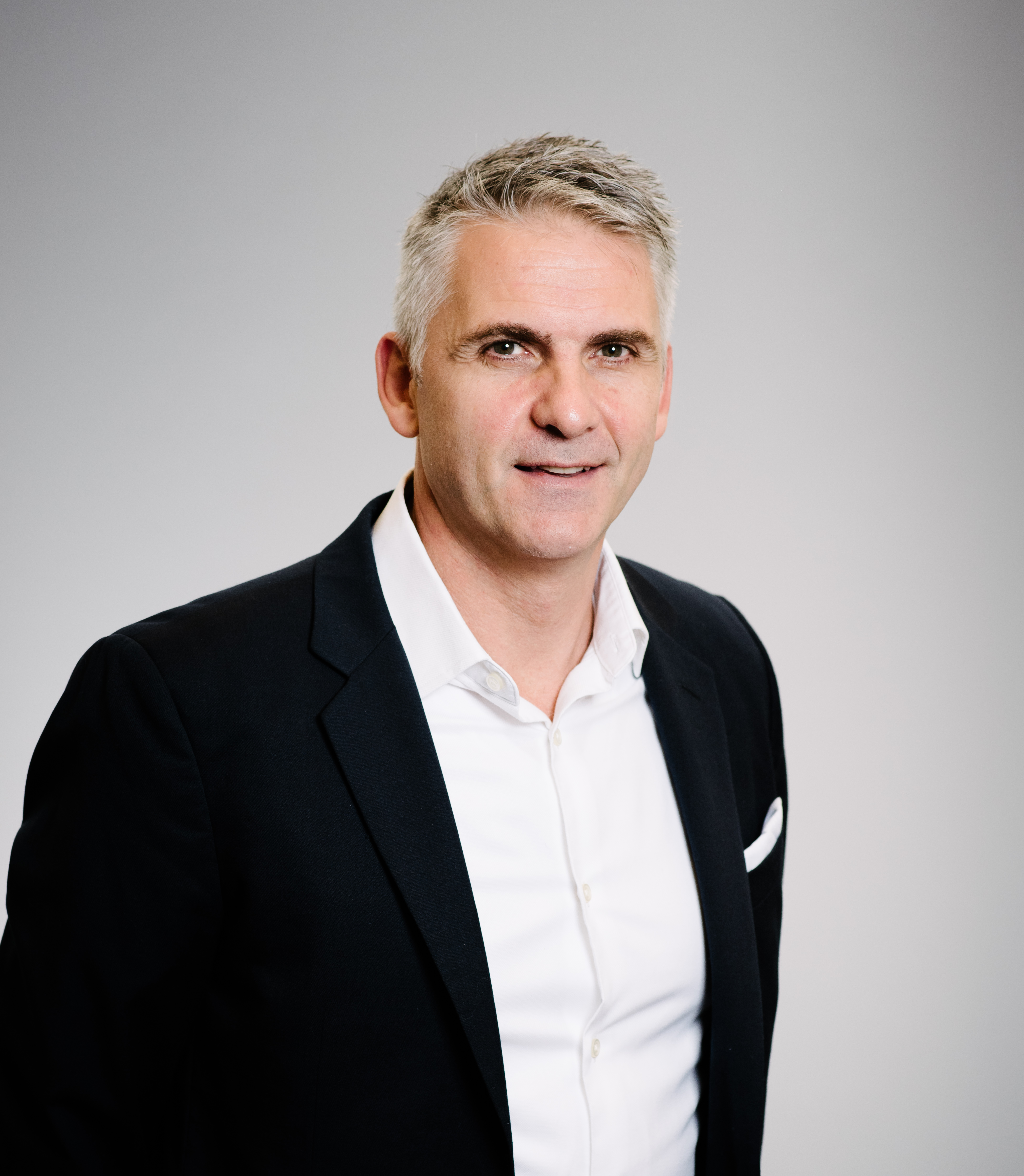
David Armstrong
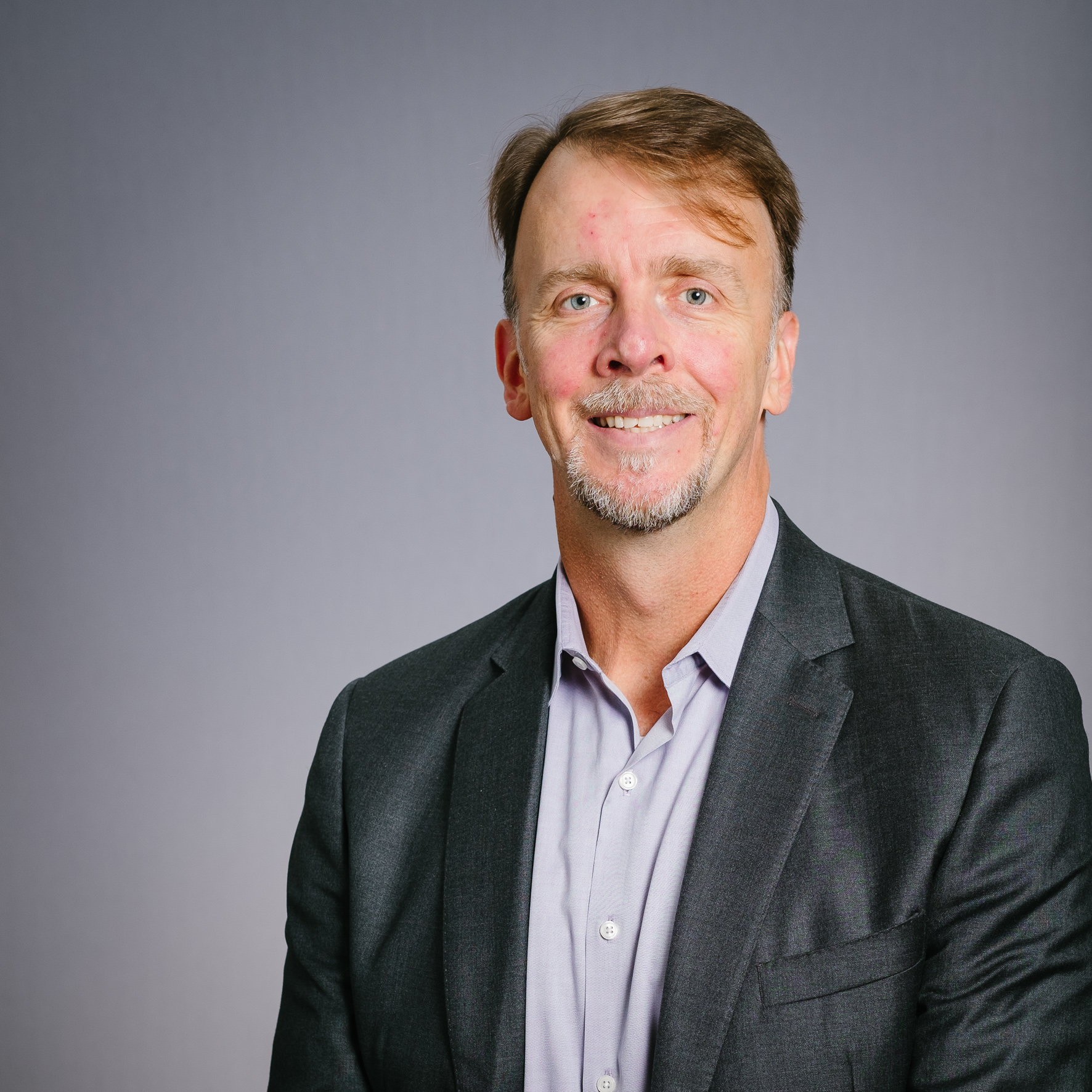
Rob Harper
KEEPING THE ENERGY INDUSTRY CONNECTED
Subscribe to our newsletter and get the best of Energy Connects directly to your inbox each week.
By subscribing, you agree to the processing of your personal data by dmg events as described in the Privacy Policy.

Energy Workforce helps bridge the gender gap in the industry
Mar 08, 2024
EGYPES Climatech champion on a mission to combat climate change
Mar 04, 2024
Fertiglobe’s sustainability journey
Feb 29, 2024
Neway sees strong growth in Africa
Feb 27, 2024
P&O Maritime Logistics pushing for greater decarbonisation
Feb 27, 2024
Oil India charts the course to ambitious energy growth
Jan 25, 2024
Maritime sector is stepping up to the challenges of decarbonisation
Jan 08, 2024
COP28: turning transition challenges into clean energy opportunities
Dec 08, 2023
Why 2030 is a pivotal year in the race to net zero
Oct 26, 2023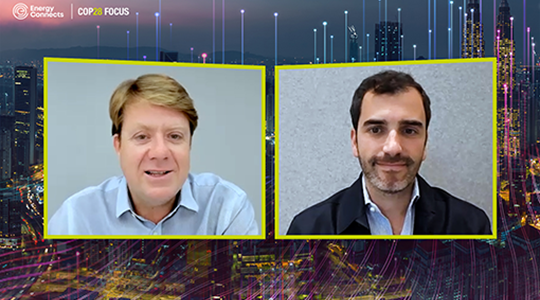
Low carbon hydrogen holds the key to achieving net zero
Sep 29, 2023Partner content

Ebara Elliott Energy offers a range of products for a sustainable energy economy

Essar outlines how its CBM contribution is bolstering for India’s energy landscape

Positioning petrochemicals market in the emerging circular economy

Navigating markets and creating significant regional opportunities with Spectrum



